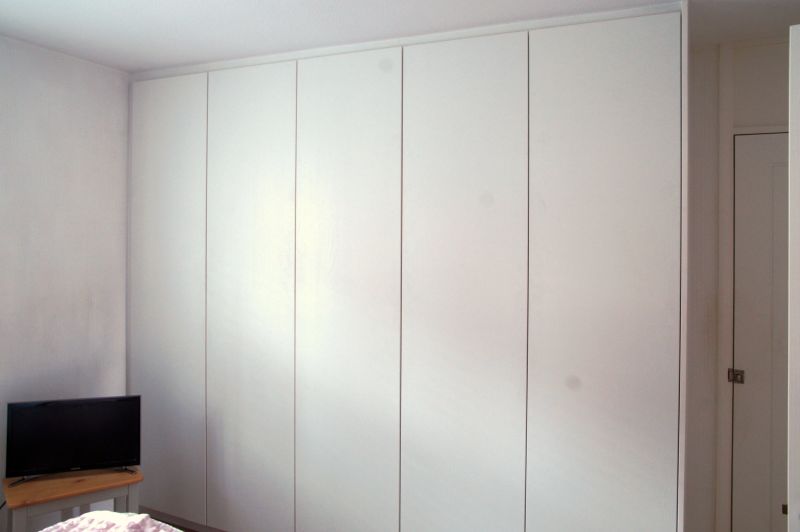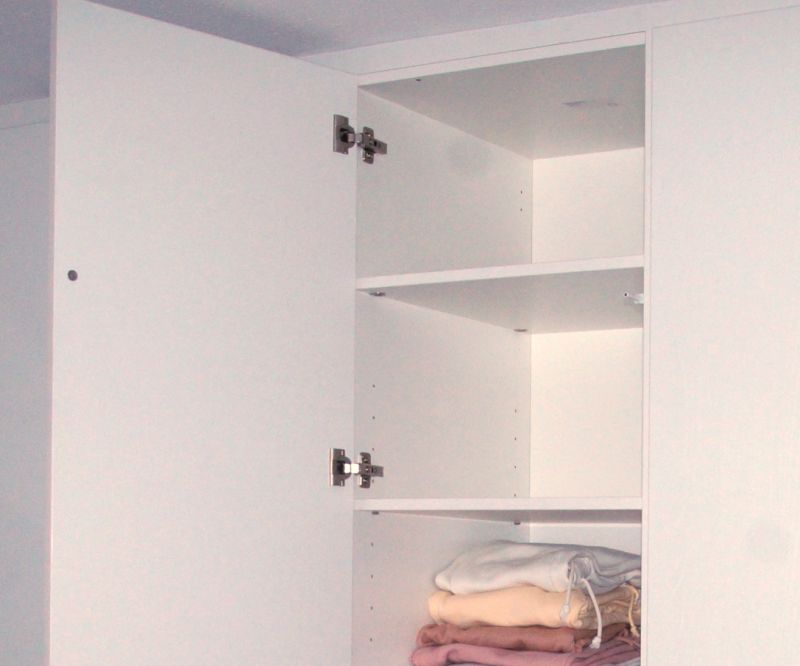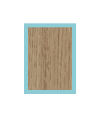How to make push to open wardrobe doors

Push-to-open is a great choice when you want an handle-less look for your fitted furniture. Here we examine the fittings needed to enable push-to-open
Push-to-open is when a door or drawer opens with a light finger push and it can close again by gently pushing flush.
To enable this action a spring loaded actuator is needed. We use actuators from Blum and they term the push-to-open action as TIPON. So often manufacturers will say a door (or drawer) with TIPON.
Using a quality actuator such as Blum’s TIPON is important to get a refined action:
- when the door is lightly touched you want it to open
- the actuator needs to ’throw’ the door enough to overcome the door mass but not too much that the door travels too quickly
- closing the door needs to depress the spring to reset it for the next opening action
To get a good push-to-open action ideally you also need ‘unsprung hinges’. Usually the springs used in fitted furniture have an integral spring to hold the door in the closed position. When you have push-to-open you do not want hinge springs as this will work against the door opening actuator. Therefore the preferred setup is to use TIPON actuators with unsprung hinges. To hold the door in the closed position the TIPON actuator includes a magnet which holds against a metal strike plate on the door.

The TIPON unit and strike plate can be seen towards the top of the door and on the right edge of the cabinet

TIPON unit with housing and two strike plate options
Getting the push-to-open action right for a particular door requires a balance:
- the TIPON acutator needs to be the right strength. Blum make two varieties - “normal” and “long” - to suit door size
- to get optimum push-to-open action you want the actuator near where a hand can comfortably reach but not where it will get in the way
- therefore the TIPON actuator can be situated at the top of the cabinet or for tall cabinets better on a high fixed shelf as in the photos here
- to open, the door needs to be able to travel around 1-2mm to activate the TIPON spring. Therefore there should be a gap between door and carcass which can be fune tuned using the hinge adjustment screws
